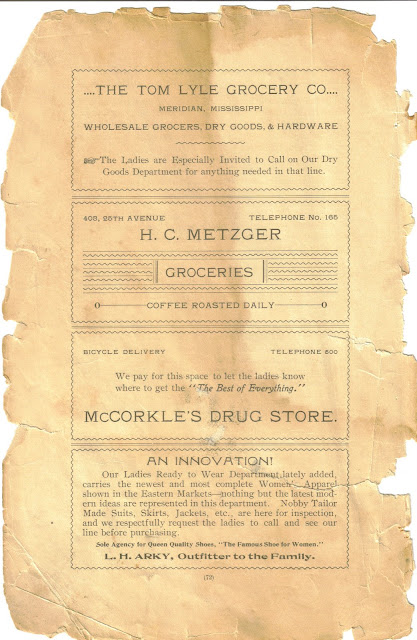
New York Times Obituary
Published: May 13, 2006
Former Representative G. V. (Sonny) Montgomery, a conservative Democrat from Mississippi who was a staunch voice for the military and the needs of veterans during his 30 years in Congress, died yesterday in his hometown, Meridian. He was 85.
His death, of natural causes, came six months after surgery for a bowel obstruction, said Ann Weddington, a spokeswoman for the Jeff Anderson Regional Medical Center.
From 1967 through 1997, and particularly during his 13 years as chairman of the House Veterans Affairs Committee, Mr. Montgomery championed legislation that increased veterans' eligibility for home loans, life insurance and medical coverage. In 1988, he was co-sponsor of the law that transformed the Veterans Administration into the 14th cabinet department in the federal government. "Veterans will no longer have to go through the back door to the White House," he said at the time.
What he considered his "signature achievement in Congress," said Kyle Steward, his legislative director for 15 years, was passage of a law expanding the G.I. Bill, the 1944 legislation credited with elevating a generation of working-class veterans into the middle class by opening their opportunities to higher education.
The so-called Montgomery G.I. Education Bill, which President Ronald Reagan signed in 1984, "enhanced education benefits for active-duty military personnel and extended those benefits to National Guard and Reserve members," Mr. Steward said. "And it was seen at the time as a boost for recruitment, because recruiting was lagging."
Gillespie V. Montgomery, known as Sonny since childhood, was born on Aug. 5, 1920. After graduating in 1943 from Mississippi State College, where he was a member of the R.O.T.C., he was commissioned as a second lieutenant. He soon saw action in Europe and received a Bronze Star.
Returning to Meridian after the war, Mr. Montgomery built a successful insurance business and began his rise to the rank of major general in the Mississippi National Guard. In 1956, he was elected to the Mississippi State Senate. Ten years later, he successfully ran for Congress.
In 1981, he became chairman of the Veterans Affairs Committee, while also serving as a senior member of the Armed Services Committee. He worked consistently to obtain money for the military. Describing himself as a conservative Democrat, Mr. Montgomery was a leading sponsor in 1989 of a proposed amendment to the Constitution that would have banned the burning of the American flag.
"If we don't do something," he said at the time, "I fear that Americans, and especially veterans groups, are going to stop the desecration of the flag in their own way, and people are going to get hurt." The proposal failed, after a Supreme Court ruling that struck down a Texas law against defacing the flag.
The next year, Mr. Montgomery led a Congressional delegation to North Korea, where, for the first time since 1954, the Communist government there turned over the remains of service members killed in the Korean War.
Mr. Montgomery, who never married, was an only child and leaves no immediate survivors.
At a lean, athletic 6-foot-2, he was a good friend, and tennis opponent, of the first President Bush. Last year (2005), the current President Bush awarded him with the Presidential Medal of Freedom.



























